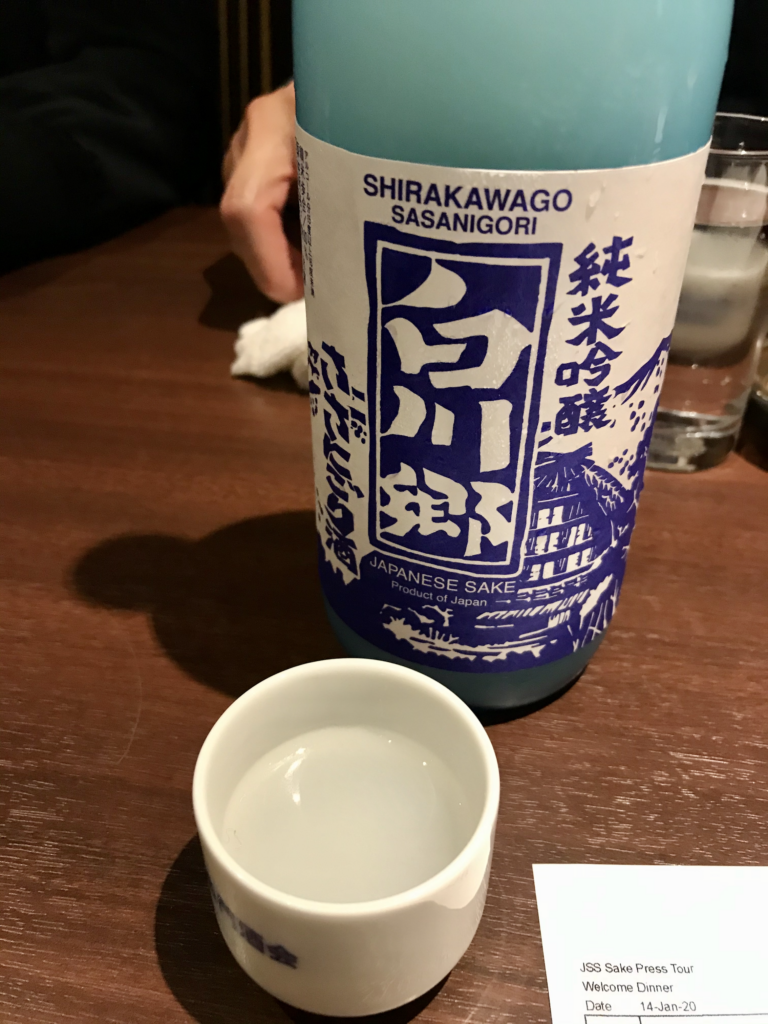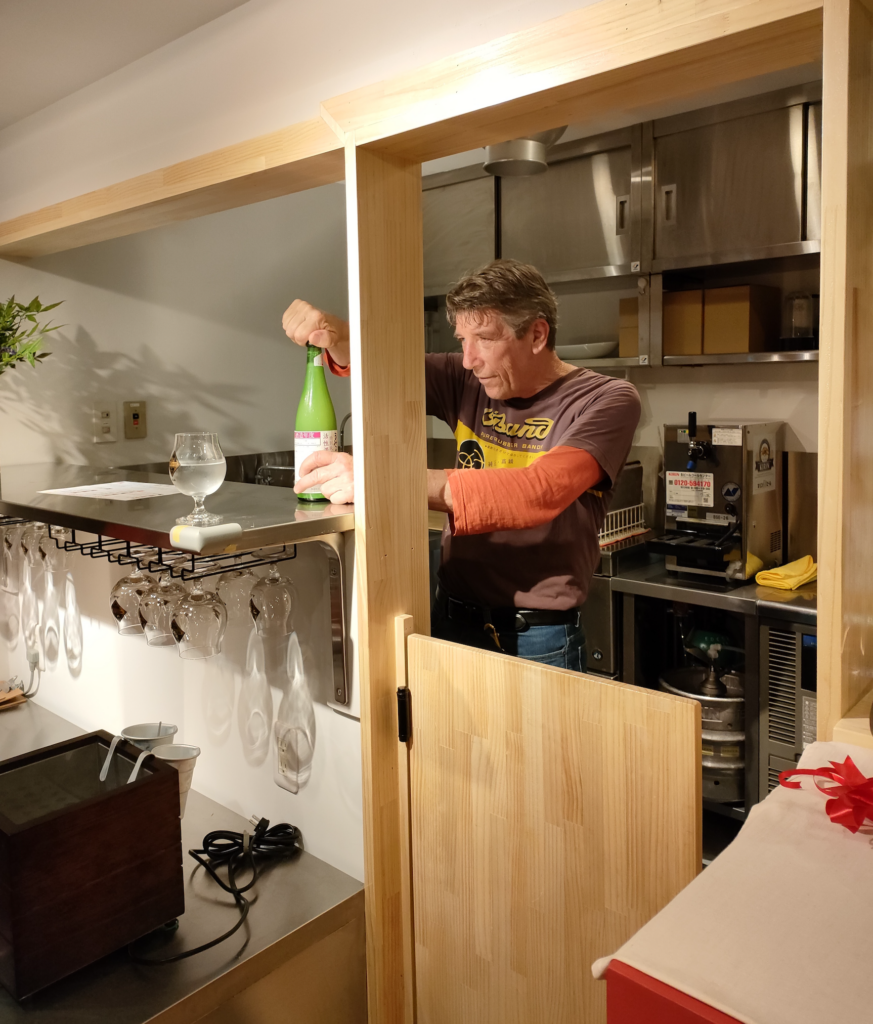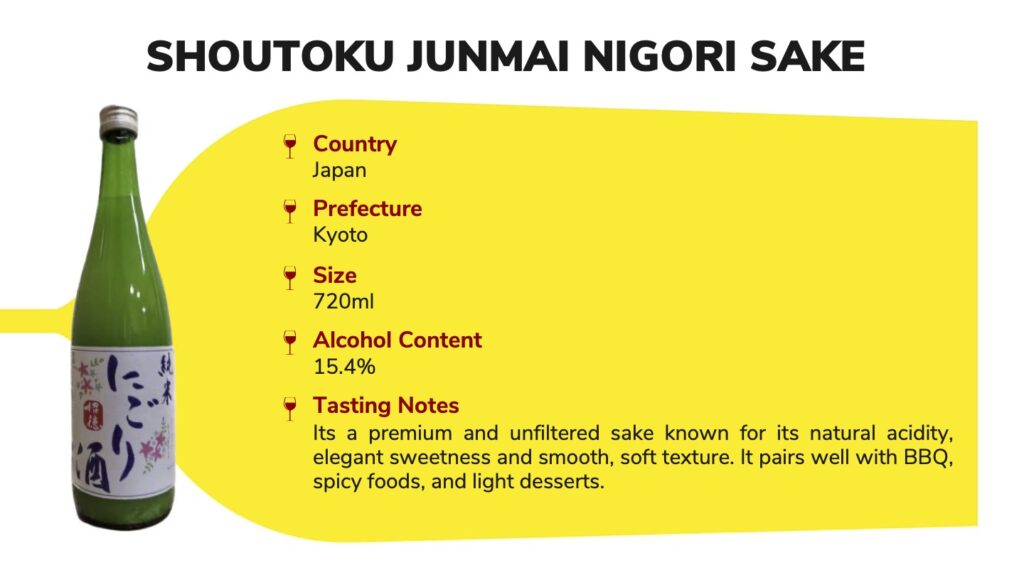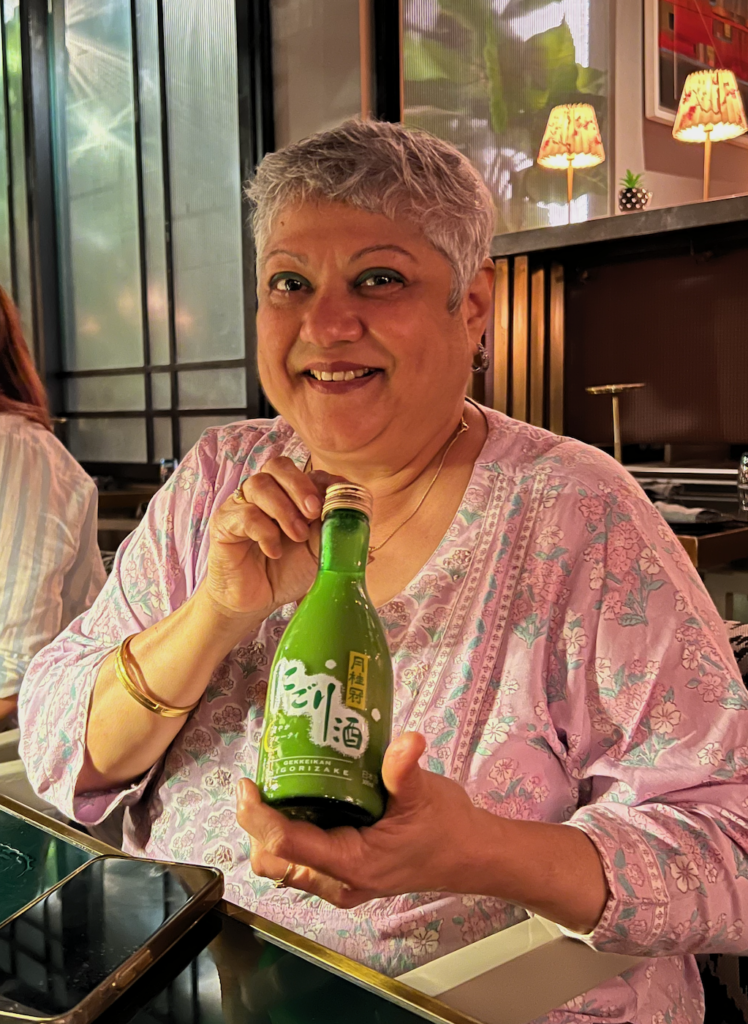Here in Japan February 5th is Nigori Day. It was created by Kenji Miwa, President of Miwa Shuzo in Ogaki City, Gifu Prefecture. He is also known as the Nigori king. The reason that it is on February 5th is because “Ni” in Japanese means two as in the 2nd month. “Go” in Japanese is five so it is simple wordplay. Ni (2) Go (5) Ri.


So what is Nigori? Funny you should ask. Nigori is made the same way that all premium sake is made except that at the pressing stage where solids are usually separated from liquids, it is strained using a broader mesh allowing rice particles through. This creates an interesting texture depending on how light or heavy the sake is. in an unpasteurized or nama sake, rice particles still have yeast attached to them and after bottling, will continue to slowly ferment. As the yeast converts sugar to alcohol the by-product is carbon dioxide which creates carbonation or a sparkling nigori.

You may have heard nigori referred to as unfiltered. This is not accurate as all sake is required to be at least strained. It’s normally called cloudy sake. The only drink that is truly unfiltered is doburoku which is made with a different process but can be similar in appearance. This is what people were drinking when sake was first developed in the Nara period. (710-794 AD)
During the Edo period (1603-1868) Nigorizake was started to be regulated and was popular with the common folk. During the Meiji era (!868-1912) Nigori was banned!! Clear sake was becoming more common and the government considered nigori as less refined. They also wanted to modernize sake brewing so that they could increase their tax base and keep farmers from brewing their own sake at home.
Fast forward to 1964. There is a little brewery in the Fushimi sake district of Kyoto called Tsuki no Katsura. It was founded in 1675 and is known as the birthplace of nigori. Or maybe rebirth is more apt.

(Pic: Sake Club India)
The brewery’s predecessor (13th generation) developed nigori sake after the late Professor Kinichiro Sakaguchi, an authority on applied microbiology and known as the “doctor of sake,” said, “I want everyone to drink sake like doburoku.”
A separate license is required to brew doburoku and that wasn’t possible to procure. So why not brew nigorizake? The main requirement that kept nigori from being made was it had to be filtered or strained. So the brewery made a cage like contraption out of metal and dropped it in the tank. The sake passed through some small holes and was drawn off and bottled. The government allowed this as long as the holes were no bigger than 2mm in diameter. As this met the requirement of being filtered it was legal to call it sake. Thus, a new type of sake was born. Nigori but they specialized in sparkling nigori. They also were one of the very first breweries to start aging sake.


Other breweries followed suit building their own “filters” and making nigori. This type of sake is more popular in the US than in Japan. I find that nama usu nigori (a light unpasteurized nigori) is popular in our sake bar and often is sparkling which makes it very refreshing.
I understand Shoutoku junmai nigori is available in India. They make only junmai style sake and brew as a team. They use rice grown in Kyoto and the water they use is soft and comes from a well on site. It’s also a 5 minute drive from where nigori was born.

Ravi Joshi, Founder Sake Club India informs me of some other nigorizake available in India viz. Gekkeikan and Homare Aladdin bottle, that are quite popular in the country.

I’m sure that most if not all sake that comes to India has been pasteurized twice. I hope you get a chance to try it. If any of you can make it to Japan, please try to find a nice unpasteurized sparkling nigori. Arigato and thanks for reading this.


